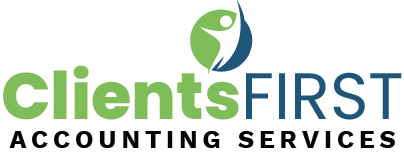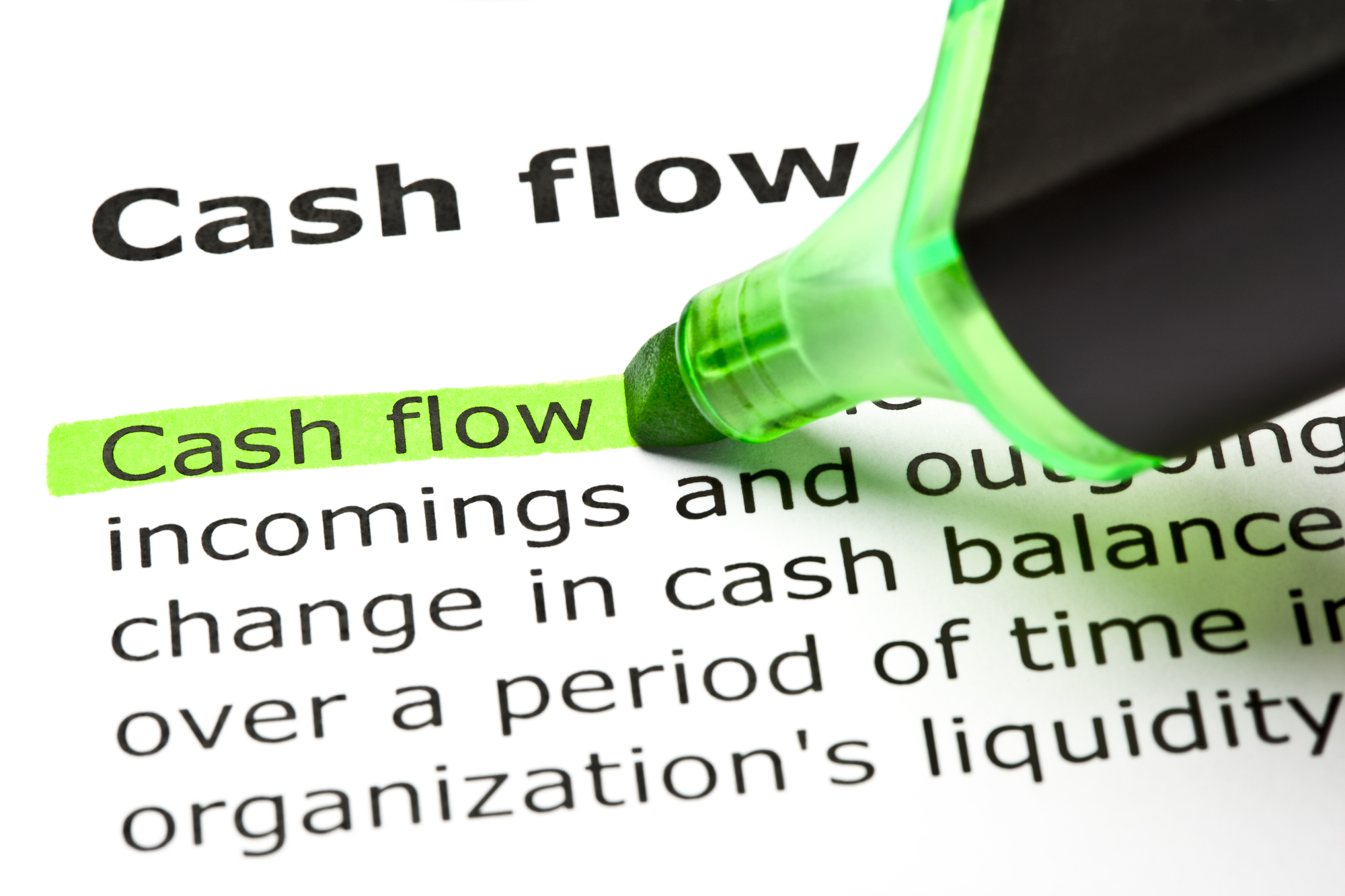Whether you’re an aspiring entrepreneur, director, or CEO, understanding your company’s financial health is a vital skill you must develop. Building your knowledge about this domain is the most potent skill in your arsenal to identify potential opportunities better and avoid undue risks.
Financial statements give you a quick sneak peek into your company’s monetary standing at any given point. While your accounts department and financial analysts have the training to read and understand financial statements, you can also learn what they see.
So, let us find out how you can read a financial statement and grasp the critical information you need to make important business decisions.
Reading and Understanding Financial Statements
To understand your company’s financial positions on its own or in the market, you must learn to review and analyze different types of financial statements. So, here is a breakup of how you can read each financial statement.
Reading Your Balance Sheet
A balance sheet is a financial statement that portrays your company’s book value. Reading a balance sheet will offer you insights into what resources are currently available.
This financial statement also shows your company’s assets and liabilities. Further, you will learn about owners’ equity, i.e., what the company owns, owes, and the amount each shareholder invested. The three main components of a balance sheet include
- Assets – anything that has quantifiable value and is owned by the company
- Liabilities – money your company owes to debtors. These include outstanding payroll expenses, rent, utility, debt payments, taxes, the bond payable, etc.
- Owner’s equity – is the net worth of your company. It is the remainder of the amount once you have sold all the assets and paid all liabilities. The leftover money belongs to the shareholder, including public investors and private owners.
Analyzing Your Balance Sheet
There are three financial ratios to conduct a fundamental analysis of your balance sheet
Current Ratio
This one measures your liquidity, i.e., how easily you can convert a company’s assets into cash to cover any short-term expenses. The higher your current ratio is, the more liquid company’s assets are. You can use the following formula to calculate the current ratio.
Current Ratio = Your Current Assets/Your Current Liabilities
Quick Ratio
A quick ratio is also known as the “acid test ratio.” This one measures how well-positioned your company is to pay off your debts. It only focuses on high liquid assets, including hard cash or assets that are easily convertible to cash. To calculate your quick ratio, use the following.
Quick Ratio = (Your cash plus cash equivalents) + Accounts Receivable + Marketable Securities / Current Liabilities
Debt to Equity Ratio
Your debt to equity ratio informs how much your company depends on its equity versus the money you borrowed. You can calculate this ratio using the following equation.
Your Debt to Equity Ratio = Your Total Debts/ Shareholders’ or Owner Equity
Reading Your Income Statement
An income statement is a preview of your business’ earnings and expenses during a specific financial period. You can use an income statement to calculate the company’s net profit, also known as “the bottom line.”
It is known as the bottom line because net profit is right at the bottom of the income statement. Of course, there are other parts to the income statement you must know about.
- Sales Revenue - This is always on the top with all the money you made during a month (prior to taking expenses into account)
- COGs - Costs of Goods Sold are how much you spend to earn the sales revenue. This is also known as the wholesale cost of your product.
- Gross Profit - This is your company’s income minus COGS, but it does not take the general expenses of the company into account.
- General Expenses - The money you have to spend every month to run the business and make sales. These include rent, utilities, office supplies, etc. While rent may be a fixed expense, others like bills and supplies may fluctuate
- Operating Earnings - This is also known as Expenses Before Interest, Taxes, Depreciation, and Amortization (EBITDA) . Your operating earnings are your business’s income after you deduct expenses from the revenue. However, this is before you take any interest on debt or taxes into account.
- Income Tax Expense - The cost you pay for income tax.
On top of your income statement starts the total cash you made in sales during a specific accounting period. Any other categories mentioned after that include expenses and deductions for specific business-related expenses. At the bottom, after deduction of all expenses, you will be able to see how much your company earned or lost.
At the top of the statement, you have the sales amount from the products known as gross income because you have not deducted any expenses yet. The following line mentions any money you are not likely to collect on specific sales. These include sales discounts and the return of merchandise.
After subtracting allowances and returns from your gross revenue, you get the net revenue amount. Then, moving downward in the statement, you come across various operating costs and costs of sales. The cost of sales is the amount you spend to produce the goods.
Subtract costs of goods from your net revenue, and you get a gross profit or gross margin. It is known as gross profit/margin because there are still certain expenses you have not deducted yet. Your operating costs are next in line, including administrative expenses, cost of research, marketing expenses, etc.
You must also deduct operating costs and depreciation of assets from the gross profit, and you will arrive at the operating profit before income tax and interest costs. This is your “income from operations.” Now you must account for interest expense and interest income.
Income expense in the amount your company paid as interest for borrowed money. On the other hand, interest income is the amount your company made by keeping your cash in an interest-bearing savings bank account. Some income statements may show these two components separately; others may combine both and show the total after subtraction and/or addition.
Finally, you deduct income tax and come to the amount that is your net profit or loss. This tells you if your company actually earned extra or lost the money during a specific accounting period.
Reading Your Cash Flow Statement
A cash flow statement shows the actual financial health of your company. Here are the main components of your cash flow statement.
- Cash, beginning of period – the cash you had at the start of the month
- Net income – total monthly income of the business
- Additions to cash – reverse expenses on the books, but you have not paid them yet.
- Subtractions from cash – Reversal of any transactions initially recorded as month’s revenue. However, not been received yet.
- Cash from Investing activities – covering assets like equipment, real estate, or securities
- Cash from Financing activities – lists monies you earn through collecting interests on credit, loans, and other debts.
Your cash flow statement has three major components:
Operating Cash Flow
This part of your cash flow statement analyzes your business’ cash flow from net income or loss. Typically, this section reconciles your net income to your company's actual cash from or utilized in operational activities.
Investing Cash Flow
This part shows the cash flow pertaining to all investing activities, including sales or purchase of your long-term assets. These may include your property, machinery, equipment, vehicles, plant, and any investment securities.
If you bought a piece of machinery, it would appear in your cash flow statement as an outflow investing activity. On the other hand, if you sold a part of your assets, it will show as cash coming in or cash inflow due to investing activities.
Financial Activities
The final part of your cash flow statement shows all your cash flow related to financing activities. Some of the typical activities include money raised due to selling bonds and stocks. It may also include borrowing from the bank. If you pay the loan back to the bank, it will show up in your cash flow statement.
The Takeaway
Learning how to read your financial statements can give you a better understanding of your business and its financial health. Therefore, this is something worth investing your time into. If you have no finance background, seeking help from a professional to help you learn further may be a good idea.






